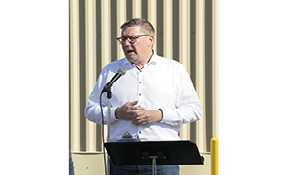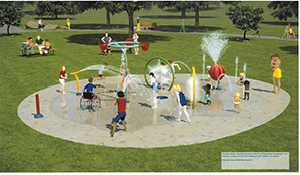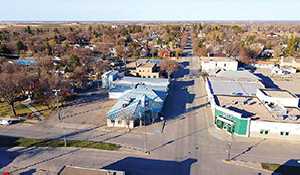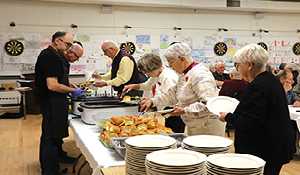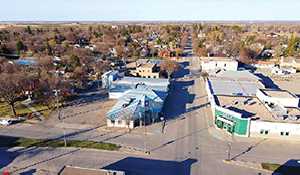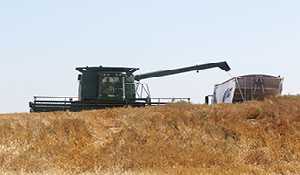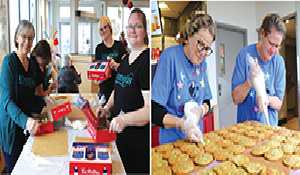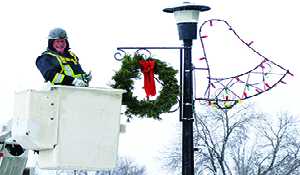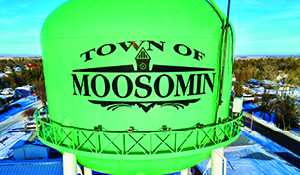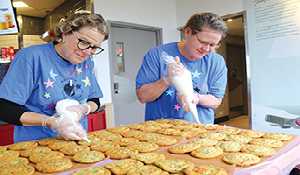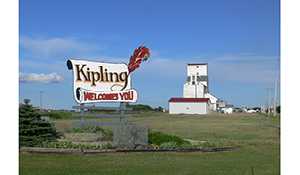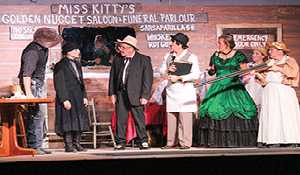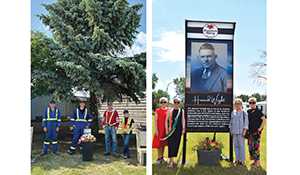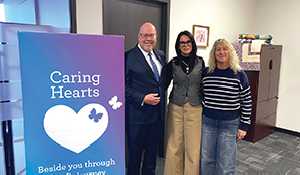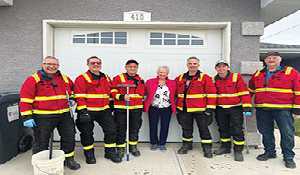USask project aims to give Ag producers easier access to data
June 29, 2022, 2:48 pm
Sierra D'Souza Butts, Local Journalism Initiative Reporter
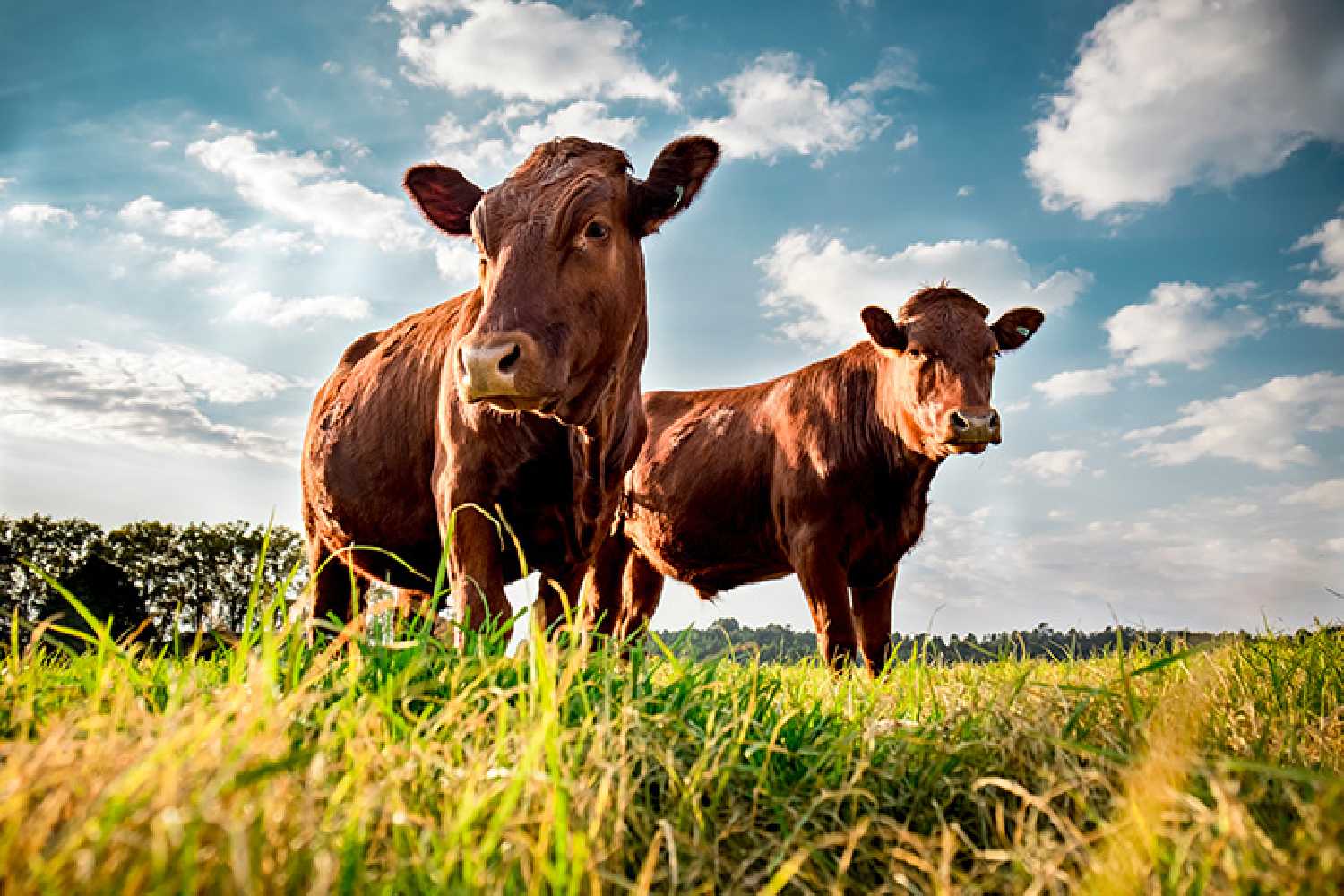

The Government of Canada is investing $400,000 over the next two years to help the University of Saskatchewan lead a project that focuses on creating a user-friendly data analytics platform, that will be developed to support commercializing new ag-tech solutions.
With the complexity of agriculture technology increasing, the project aims to give Ag producers better access to data that will be useful, and improve productivity and efficiency for their operations.
“Currently smart farming is a pan-Prairie smart farm network where our focus is on cropping systems,” said Scott Wright, Director of Livestock Forage Centre of Excellence (LFCE) at USask.
“We see a gap, if you will, for the livestock and forage industry where the opportunities to see technologies coming into the livestock and forage industry, as a targeted outcome.
“For us the LFCE represents an opportunity for us to put those smart farm technologies to test, where we are emulating what would happen in southern Saskatchewan where communications is a bit of a challenge.
“We’re going to be coming up with a specific type of band, to be able to read those answers and transmit the data. At this point, the partnership really starts with reading those sensors and transmitting that information for evaluation and interpretation. Then finally, we’ll be having a dashboard that will use the records of useful information, that producers will be working with.”
The project is part of the “smart farming” research and innovation for the agriculture sector at USask, which involves collecting and analyzing Big Data to help producers make informed and sustainable farm management decisions to improve productivity and efficiency.
Wright was asked what type of data will be collected during the project.
“The things that we’re looking to start with range from soil temperature monitors, we’re looking at GPS air tags for the livestock so that we can look at not only where they are, but how they’re moving,” he said.
“There’s accelerometers in these tags that allow us to flag if the animal has stopped moving, or how it’s moving.
“We believe the AI is going to lead us to know if the animals are well or sick, to identify heat cycles for example, to identify breedings when animals are in the same sight, we’ll be tracking that type of information.”
The “living lab” the project will be working in will bring together producers, established tech companies, and ag-tech start-ups, to create an environment and a platform that reduced current barriers to adoption of smart farming practices, while enhancing the probability of success for all.
“It’s a step forward, and the other thing that comes with this project is we’re doing a ‘day in the life’ of a livestock farm for technologies that have ideas and have applications that can understand what is really needed in the livestock and forage world,” Wright said.
“To be able to assist farmers in replacing labour, in replacing effort elsewhere, really for time saving and increased information that’s available to them.
“In that two year period of the project, we look to have a number of different types of censors of the data that we’re asking about. That’s operating and moving into a data collection process, so that we can begin to work through that dashboard.
“By the end of two years, we expect to have a dashboard certainly of the data we have in place right now. If you think about a red, green, yellow kind of tagging, where all things are good within the parameters that we want would be in green, in yellow here’s something we might want to pay attention to more, and red for example would be an animal that hasn’t moved in four hours.”
The project primarily focuses on the livestock industry, however it will slightly incorporate the forage industry as well.
Wright spoke about why it is important to develop agriculture-related technology.
“Labour is one of the key and critical issues on the farm, this project has some opportunities for replacing labour, replacing hands-on challenges,” he said.
“The second piece is, the more useful information that’s being available and assessed, the more we can create efficiencies, economic, social, and environmental efficiencies within that livestock and forage industry.”
The project is led by the College of Engineering and College of Agriculture and Bioresources, in partnership with USask’s Livestock Forage Centre of Excellence.
“I hope this is the first announcement of many, and I believe we will see industry becoming more involved in this space, and working with us to look for those opportunities,” Wright said.
The partner organizations that are contributing their expertise or investments for the project are: SaskTel, Mera Group Companies, North Star Systems, Smart Paddock, Wood River Controls, and Saskatchewan Cattlemen’s Association.







